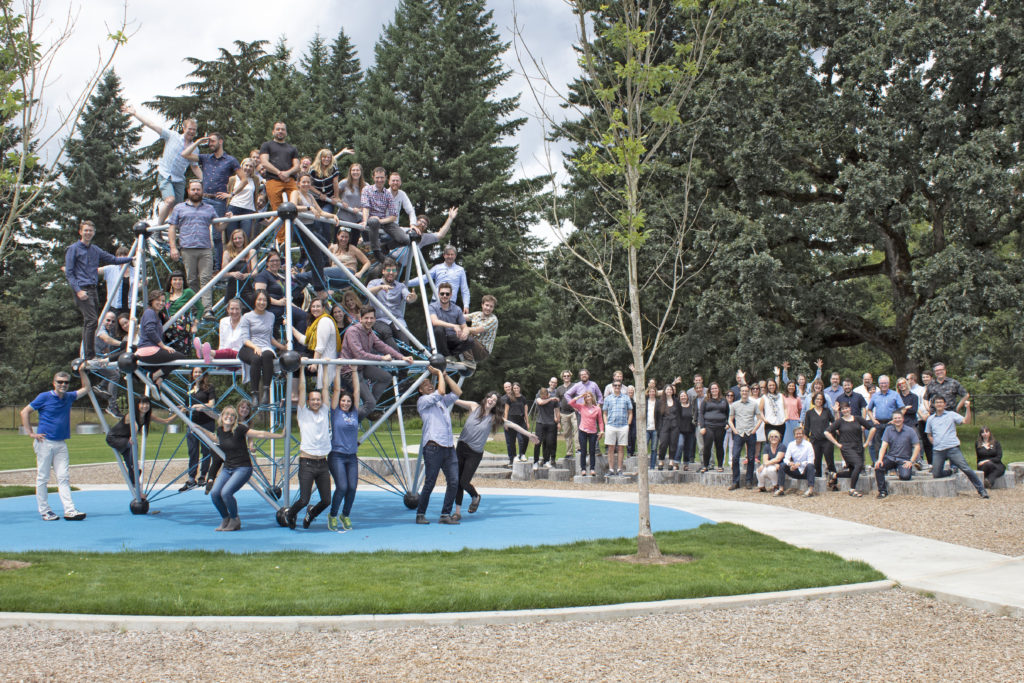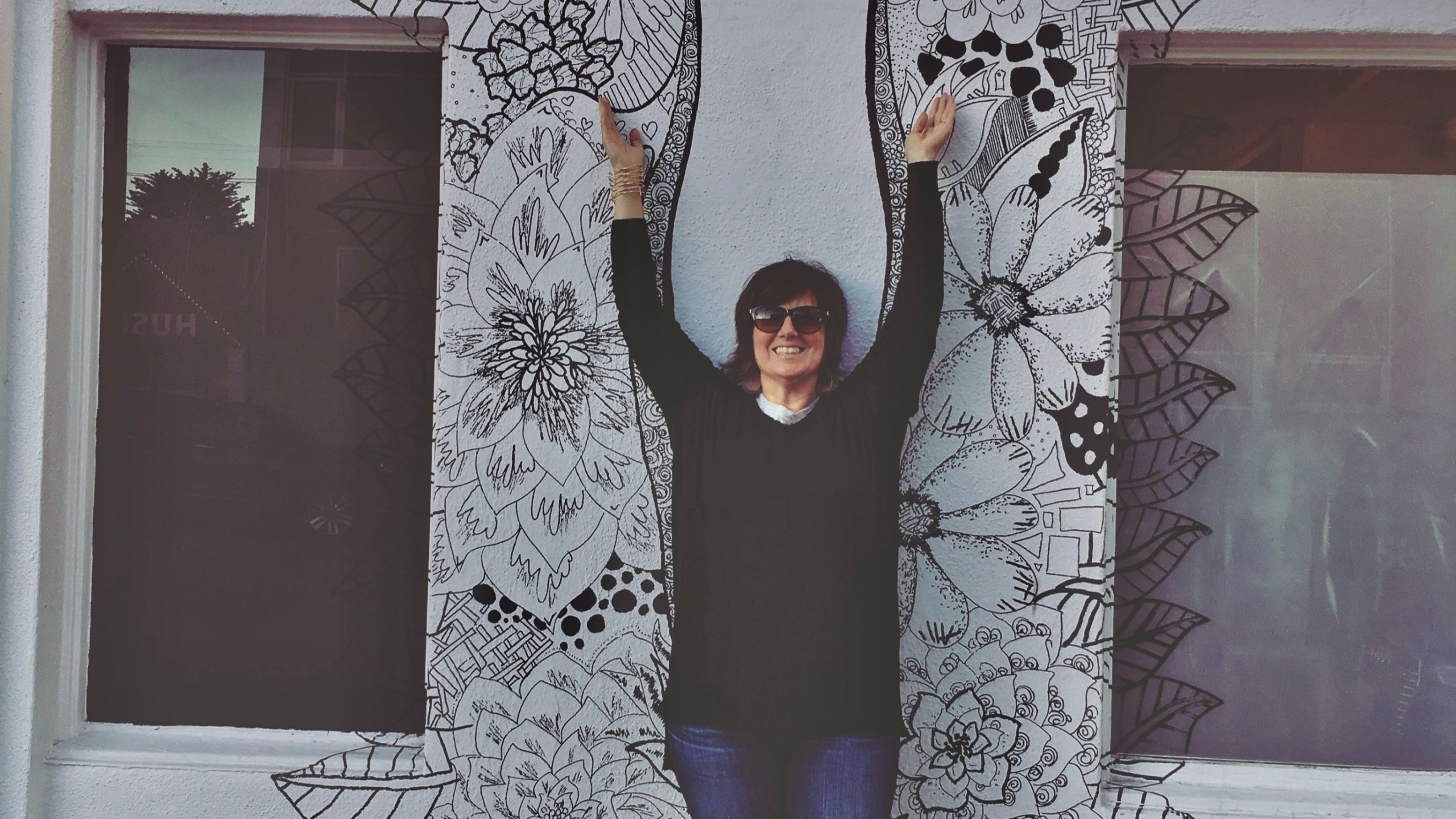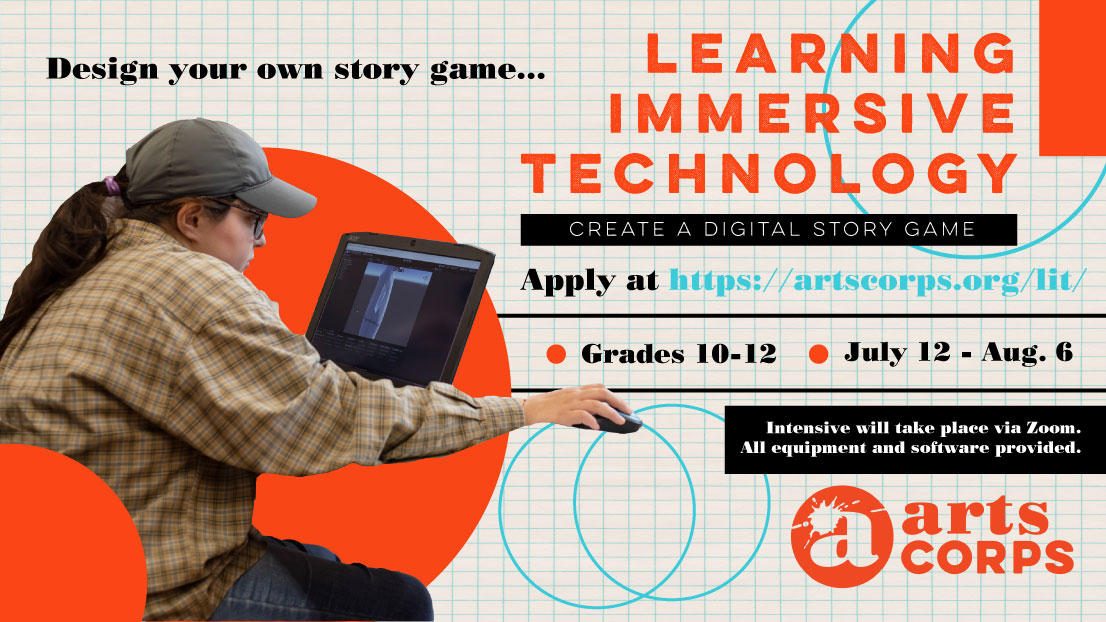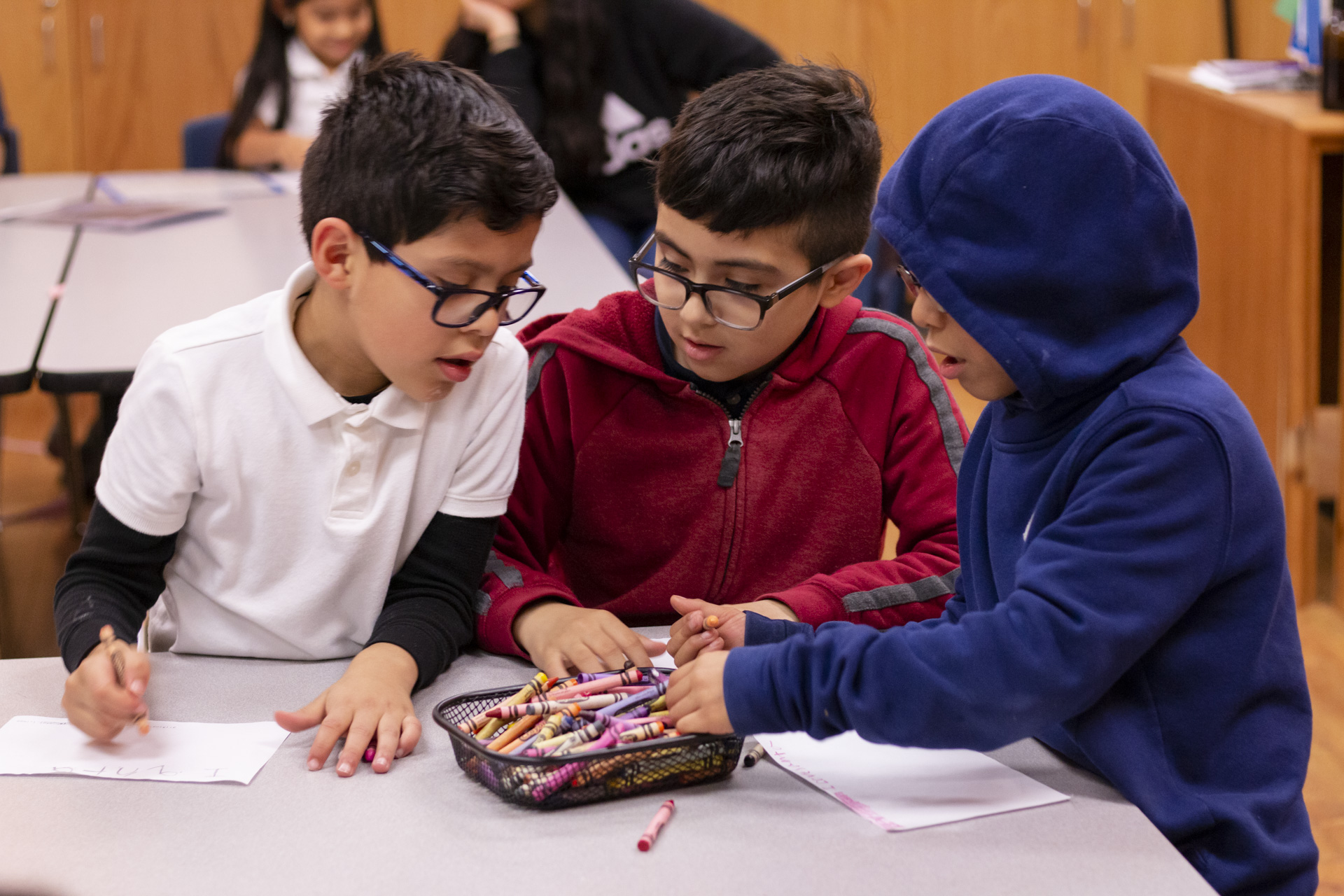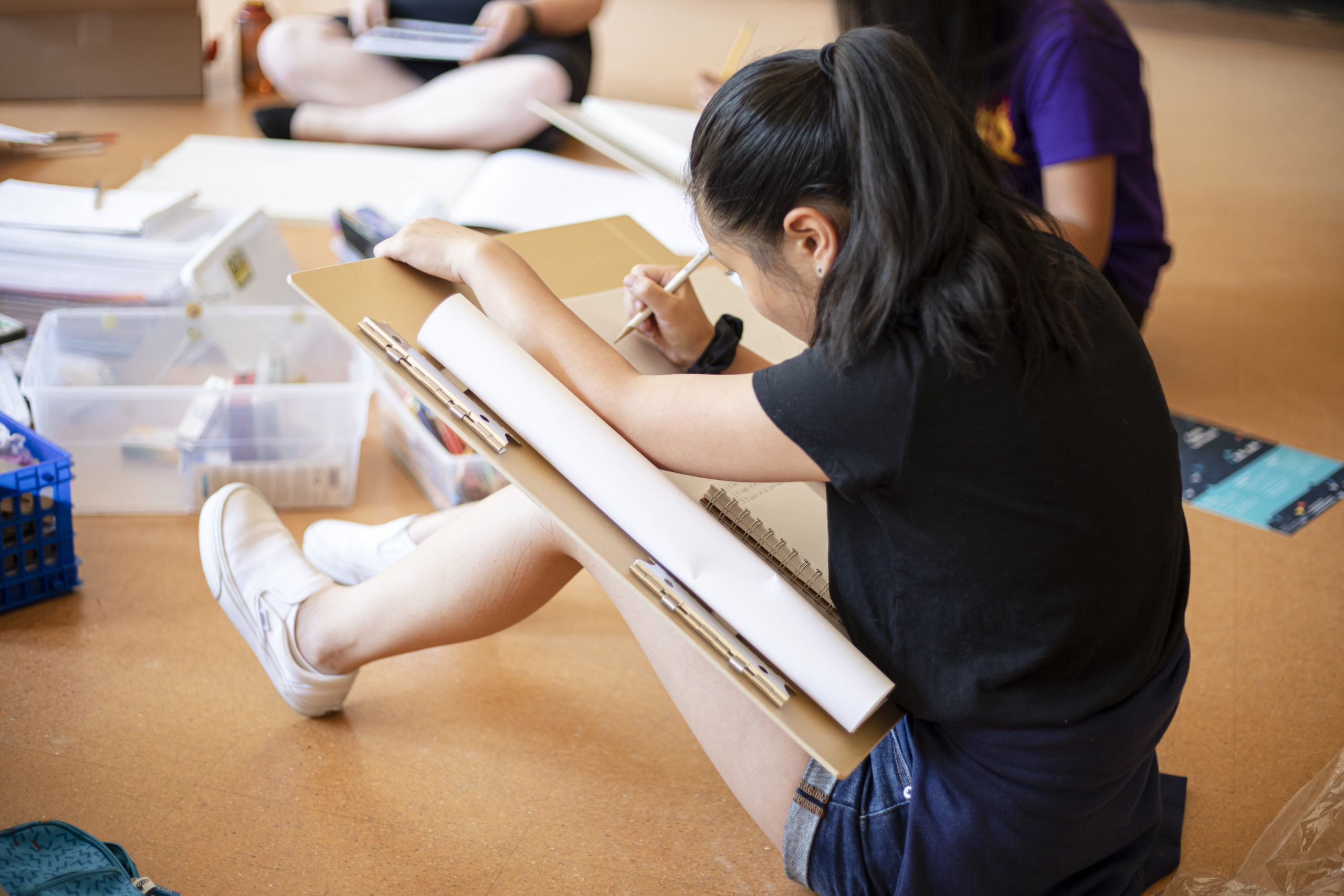
A tractor was upside down on the street, the top of the license plate scraping the concrete. Trees were knocked down, as were power lines. Sand and dried salt water dusted everything, in sight. A house was somehow on the opposite side of the street from where its foundation lay.
SuperStorm Sandy hit NYC in 2012, and to prepare for the storm, my family and I stocked up on food, water, candy, and beer. We didn’t know what would happen, and we didn’t want to freak out our three-year old twins, so we turned the lights out and played in-the-dark singing. When the storm actually touched down, the wind whistled past our windows, and the frames shook. There was some heavy rain, but that was the extent of the storm, from our perspective. When we turned the news on, we saw the real damage to the city. Subways were flooded and the Hudson River splashed onto western side of Manhattan, Statue of Liberty in the hazy background. Trees fell down, and homes were demolished. The parts of New York closest to the water were hit the hardest and it was there, in a part of Queens called The Rockaways, where I saw that house on the wrong side of the street.
I was working as a teaching artist for many different organizations in NYC at the time and had worked with some of the students in The Rockaways. I felt a sense of inertia because I didn’t know if there was anything that I could personally do, besides donate to food banks and housing assistance programs. One of the organizations, the New Victory Theater, called a handful of us and suggested we go to The Rockaways and do some playmaking with the youth. I was more than happy to offer my services, but wondered why the hell we would do some play-making when kids were hungry and living in shelters.
The trains weren’t able to go to The Rockaways because there was no electricity and buses were very much delayed because of the damage to the areas. So, we woke up early, got into a large rented van to drive from midtown Manhattan to The Rockaways. The news coverage showed some of the damage of the storm, but it was nothing compared to what we saw when we arrived.
In addition to the wrongly situated and damaged personal items that I mentioned, there weren’t any lights on anywhere and it was desolate. Those that were able to evacuate did, but not everyone had the means to do that. Fifty- three people died and many, many more were displaced. Thousands of homes and several hundred vehicles were destroyed. It is estimated that 19 billion dollars worth of damage was done to the New York Metro area. When we arrived, days had passed since the storm and the impact was still very raw and real.
We arrived by van and parked several blocks from the ocean, where there were several housing project buildings in close proximity to each other. People were outside, and they watched us approach. Most of the faces were black and brown with a mix of old and young. Some of the youth must have been in the same clothes they had on when the storm hit because the clothes were stained white by the saltwater. On the ground there was sand everywhere, and it was blowing softly down the street. After we parked the car, we headed inside of the dimly lit recreation center, where there were tables filled with packaged foods, drinks, plates, and utensils.
We were guided to a couple areas where we could set up activities. The visual arts station had crayons, paper, scissors, and other items. We also had a skills section set up where youth could work on creating a clowning skit, and learn juggling, hula-hooping, and balancing skills. Lastly, there was the physical comedy/ acrobatic station where youth could create pyramids with their bodies or attempt a new physical skill.
I headed to the clowning area outside, ready to begin teaching some physical comedy and object balancing. We pulled out feathers, scarves, and plates to juggle, as the young people started to pick which area they wanted to focus on first. Not more than 3 minutes passed before there was the familiar sound of children laughing and smiling. Parents and elders were called and told to ‘Watch’…’Hey, look at me!’ and some of the adults started to participate, as well. During a break to grab some water, I happened to look around and saw happiness and joy, where earlier there was sadness and gloom.
One hundred people or more were gathering in the middle of the street, participating in some form of arts education, and though they may not have had electricity or running water, they had each other and they had the arts. It was at this moment, that the power of the arts to change lives, even during dire circumstances, was showcased and embraced. I had been considering a retirement from acting to focus on education, full time, and this experience confirmed my decision. I saw the New Victory Theatre lead that charge in these communities that had been suffering, and it cemented my love for that organization, specifically, and for arts education, in general.
Eight years later, we are in the midst of another life altering event, this time on a much larger scale. The novel coronavirus has accounted for 30 million infections and almost 1 million deaths, worldwide. Businesses have been shuttered since March and many remain unemployed, most of whom are artists and gig workers. The New Victory Theater closed its doors in March 2020 and remains closed until theaters can reopen. They have released online resources which are amazing, and it continues to be a source of inspiration for me; yet I worry about the organization that has brought so much joy and love to youth and families.
Many artists and hourly employees remain without an income. Actors Equity Association, the union where I am a proud member, has an unemployment rate of 97%. Predictions state that two-thirds of restaurants and bars in NYC will close by December 2020. Despite the fact that Washington State boasts 10 of the wealthiest people in the world, and Bezos’ net worth almost doubled over the past year, we are faring no better. If anyone has been to downtown Seattle recently, they will confirm that it’s a ghost town. Over a hundred businesses have closed their doors permanently. This, in addition to theaters, performance halls, museums, nonprofits and those they employ struggling, and I am afraid more businesses will close before the end of 2020.
Add to the list of issues hitting us in 2020 a revived and continued effort to end police violence, wildfires and smoke on the West Coast, hurricanes and storms on the East Coast, climate change in general, murder hornets, zombie cicadas, horrors of remote schooling, an upcoming election, and now the passing of feminist hero and judicial icon, Supreme Court Justice Ruth Bader Ginsburg. We are all feeling sad, depressed, hopeless, and withdrawn. We are searching for a light. We are searching for a better tomorrow. We are searching for the feeling those families had in 2012, after their lives were changed by Superstorm Sandy. We are searching for an answer. We are searching for the arts.
The arts have the power to create something out of nothing. The arts can uplift, ignite, and inform. The arts provide us with the ability to imagine a better tomorrow. When we hear music, it hits all four lobes of the brain, particularly the corticospinal portion that makes us want to move and dance. That affects the brain evoking emotions and memory. It provides a release and it unites through a common song. When we are drawing or doodling, our cortisol levels drop and our stress levels decrease.
Visual arts send a jolt to the reward pathways of our brain, decreasing our anxiety, which increases our ability to process new information. Albert Einstein said “play is the highest form of research,” so when we play, our executive functions are strengthened, helping us plan, pay attention to details, and organize our thoughts. Play enhances our gross motor skills through movement and helps with coordination.
The arts are so essential right now, and we should do all we can to ensure the intrinsic value of the arts is accessible to all of us. Where other regions have drastically cut arts from schools, thankfully Washington State has mandated that the arts continue to be part of every student’s schooling. However, a mandate isn’t enough, as only schools with enough funding can afford to make that happen, which is where Arts Corps steps in.
Thanks to our donors and supporters, we are lucky enough to help bridge the access gap to the arts. We are also lucky that we have been able to transition to a new way of teaching and learning this year. Our classes at 6 Interagency High school sites started on the 14th. Arts Corps provides synchronous remote arts classes to the students enrolled at these schools, and we are their art credit, a credit needed to graduate from high school. Soon, we will continue our Creative Schools programs at several Highline Public Schools providing culturally responsive arts integration. We have been doing this work in Highline since 2014, and we will continue to boost academic mindsets and strengthen social emotional learning, much needed during remote learning.
Our LIT program will be entering its third year of providing hands-on training in tech skills needed to work on video game design and virtual reality filmmaking. Based on student feedback and last year’s successes, we plan to expand the number of youth from different schools that can participate, by hosting two week-long intensives during school breaks, and then a month-long summer intensive. In two weeks, the ALLI program starts, where students are paid to work in visual arts, music, and digital storytelling pathways twice a week, for ten weeks. This is different from the usual in person, two- week summer intensive, though it will be just as impactful and inspiring.
Arts Corps’ partnership with Southwest Youth Family Services remains strong and we hope to build on our work with four of their sites by also working with some of the older youth and adding an additional site, pending funding. Most of our work will be remote, synchronous teaching this year, yet we are also addressing some technology access gaps by delivering thousands of physical art kits to schools and sites in King County. This has been very successful, and this summer we were able to facilitate several live drive-through performances for youth and families in collaboration with our partners at SWYFS.
Complementing our work with youth, Arts Corps will provide more professional development to teachers, this school year, as well as collaborate with other sectors. We have joined the Free the Vaccine campaign with UAEM and C4AA, to help ensure that when a covid vaccine is available, it will be safe, effective, and accessible to all, regardless of income. Health Secretary Azar stated that he won’t promise that the vaccine will be affordable, which is utterly reprehensible. If this country truly wants our students and teachers to go back to school, we must make sure that a vaccine is accessible to the school communities, particularly communities where we work, as the CDC reports that of the children that have died from covid, 73% were Black and Latinx. Lastly, we are working with a network of national guilds to promote voting and voter registration. Similar to the REACT work which was a response to the murder of George Floyd and others, our Voting Values initiative will launch soon.
I must reiterate that Arts Corps is lucky to be able to keep our doors open and continue to operate our programs. Like everyone else, we are worried about funding, sustainability, and the future of our nation, so we rely on foundations, grantors, and our community to keep us alive. My experience eight years ago in The Rockaways gave meaning to our hashtag #MakeArtAnyway. With your support, we will continue to live and breathe that motto, long into the future.
If you believe in the power of the arts to bring something out of nothing, then help us #MakeArtAnyway by joining Art Corps’ Culture Club today. Your monthly investment will fuel our work to ignite the creative power of young people in our community, making space for them to lead us out of the storm and into the streets.
— JAMES MILES, Executive Director
Read More
